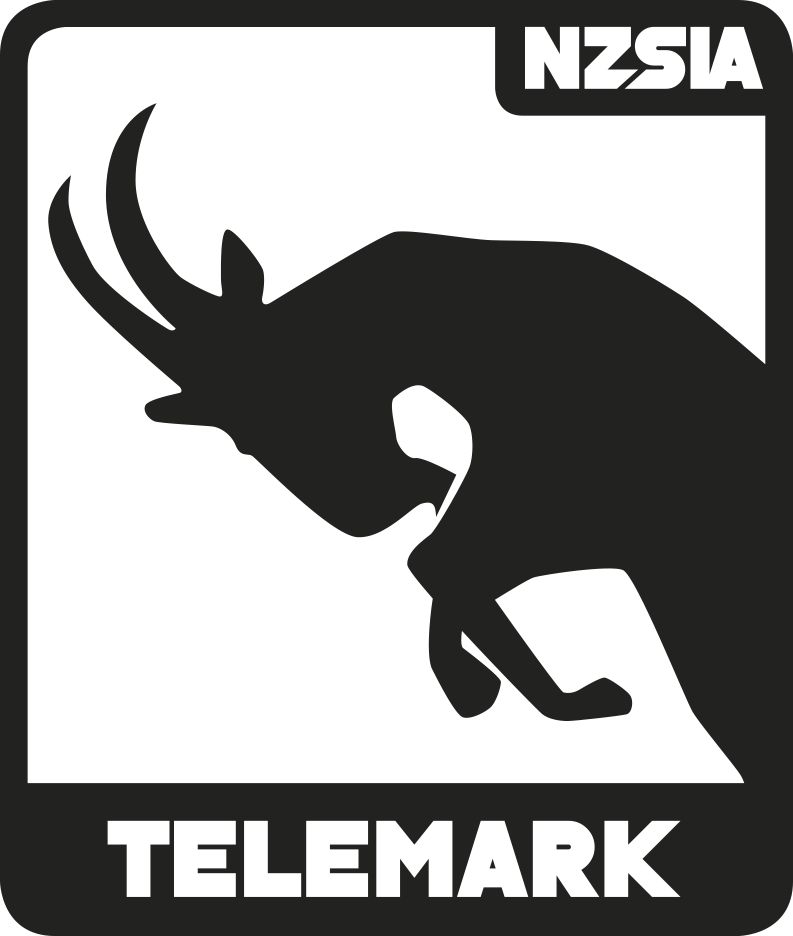Telemark skiing combines the grace of free-heel movement with the challenge of dynamic terrain. For beginners, the journey starts with learning the equipment, developing a balanced stance, and understanding how to move efficiently on flat terrain. Whether transitioning from alpine or starting from scratch, all new telemark skiers need time to adjust to the unique feel of free-heel bindings and flexible boots. Early lessons focus on mobility, balance, and stance—foundational elements that set the stage for smooth, controlled skiing. An engaging, progressive approach builds confidence while introducing the fundamental movements that underpin telemark technique.
Straight Run
 What, Why, How
What, Why, How
What
Gliding forward in a telemark stance, maintaining balance and stability while sliding down a gentle slope.

Why
- Develops a balanced and relaxed telemark stance with even weight distribution between both feet.
- Builds confidence and stability in motion while maintaining the telemark position.

How
- Begin in a telemark stance.
- Slide forward down a gentle slope. Keep movements controlled and relaxed.
- Provide honest, short feedback to refine posture and balance.
- Use V.A.K.- Visual, Auditory, Kinesthetic (aka: Talk/ Show/ Feel) teaching approaches to ensure effective learning.
- Repeat until students are comfortable gliding in a stable telemark stance.
- Have students walk back up using a duck walk or sidestepping, reinforcing balance and coordination.
When
- Once students feel comfortable with stance introduction and mobility exercises on flat terrain.
Where
- On a gentle slope with a safe runout.
- Since telemark skiing does not use a wedge stop, the instructor should position themselves at the bottom to assist if necessary.
Exercises
- Explore range of motion and challenge balance while gliding.
- Practice straight running to develop confidence and stability before progressing to turns.

